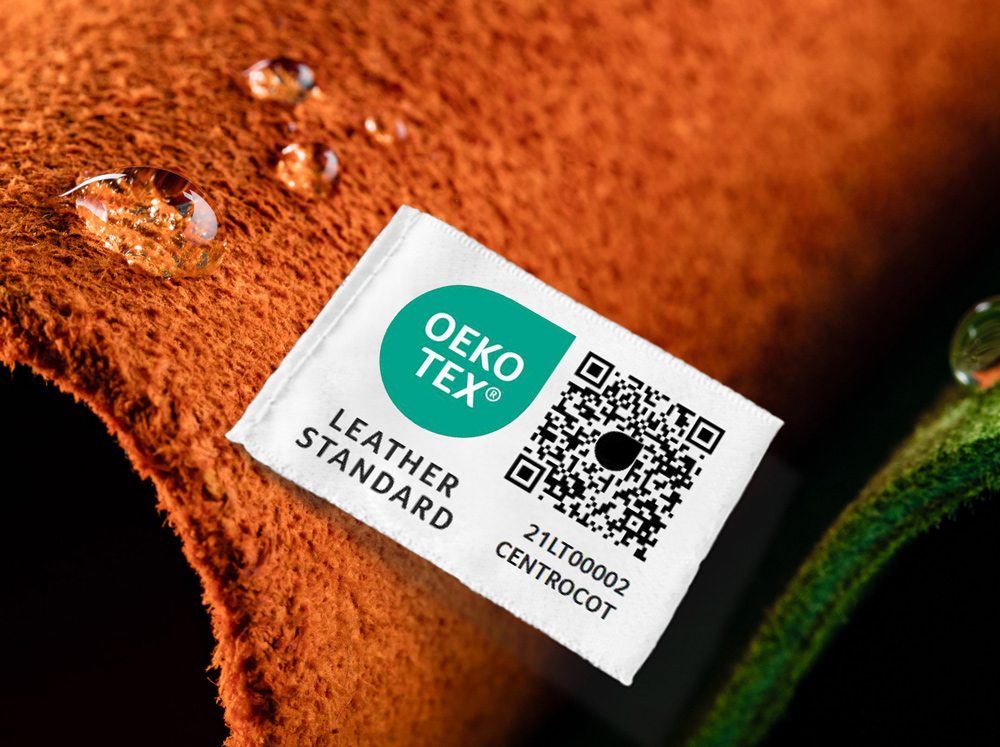Which mountain boot is the right one?
The ultimate equipment for autumn and winter adventures
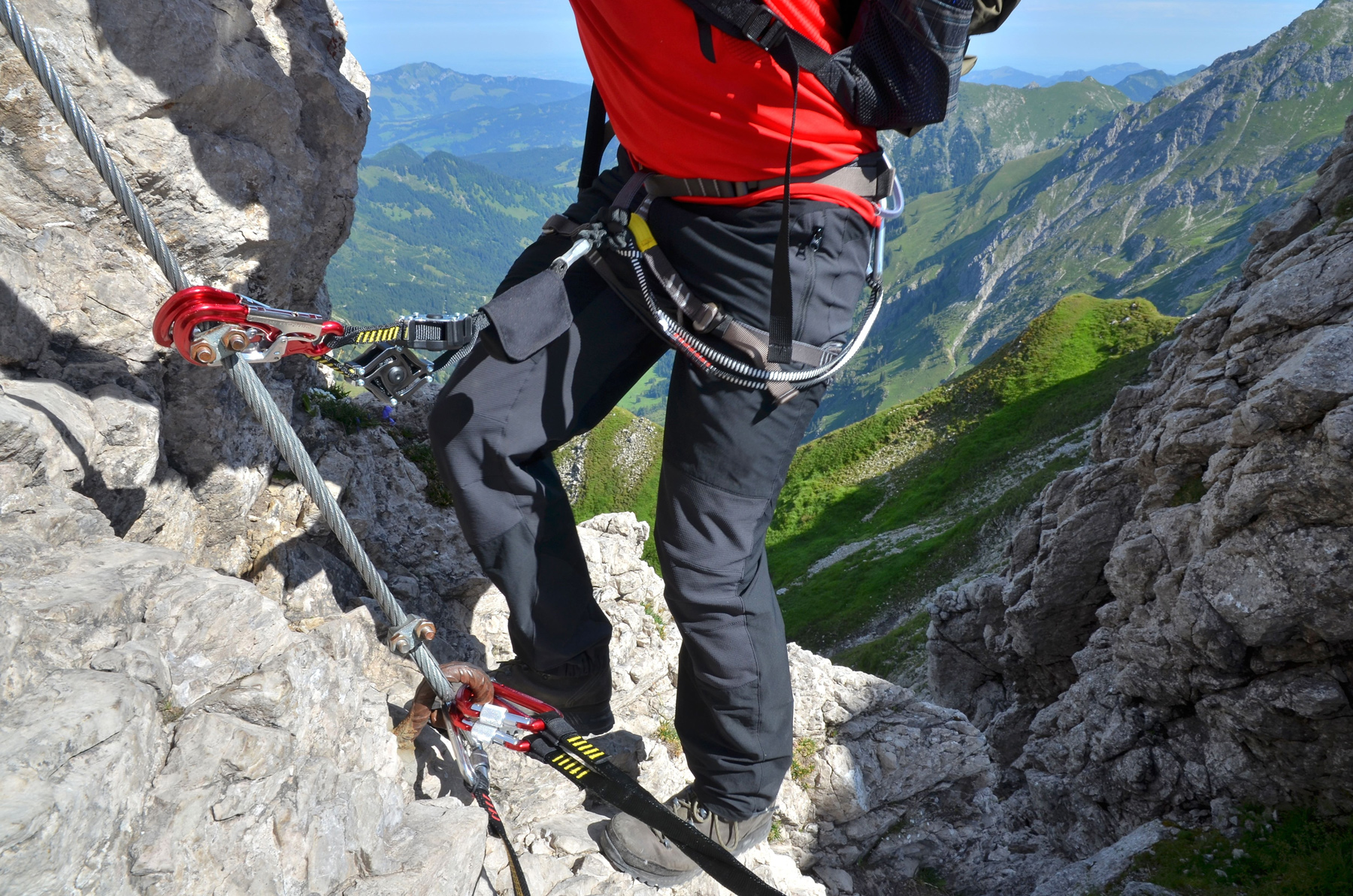
- redaktion
- 19/09/2023
The cold season is just around the corner and for nature lovers this is the time when the mountains and untouched nature beckon with their fascinating charms. But before you plunge into the cold splendour, there are some important considerations and decisions to make regarding your equipment. Choosing the right mountain boots is first and foremost.
In this article, we take a detailed look at mountain boots and discuss everything you need to know to make your adventure in the mountains safe and comfortable. Whether you are 20 or 50 years old, have a pet or children – our tips and recommendations will help you find the perfect mountain boots and enjoy your nature experience safely..


What characteristics must an ideal mountain boot have to do justice to holidays in the mountains?.
The mountains are breathtaking, but also demanding terrain. They demand protection and support for the feet, and that’s exactly what a good mountain boot should offer. Here we have compiled the most important features that your new mountain boot should definitely have.
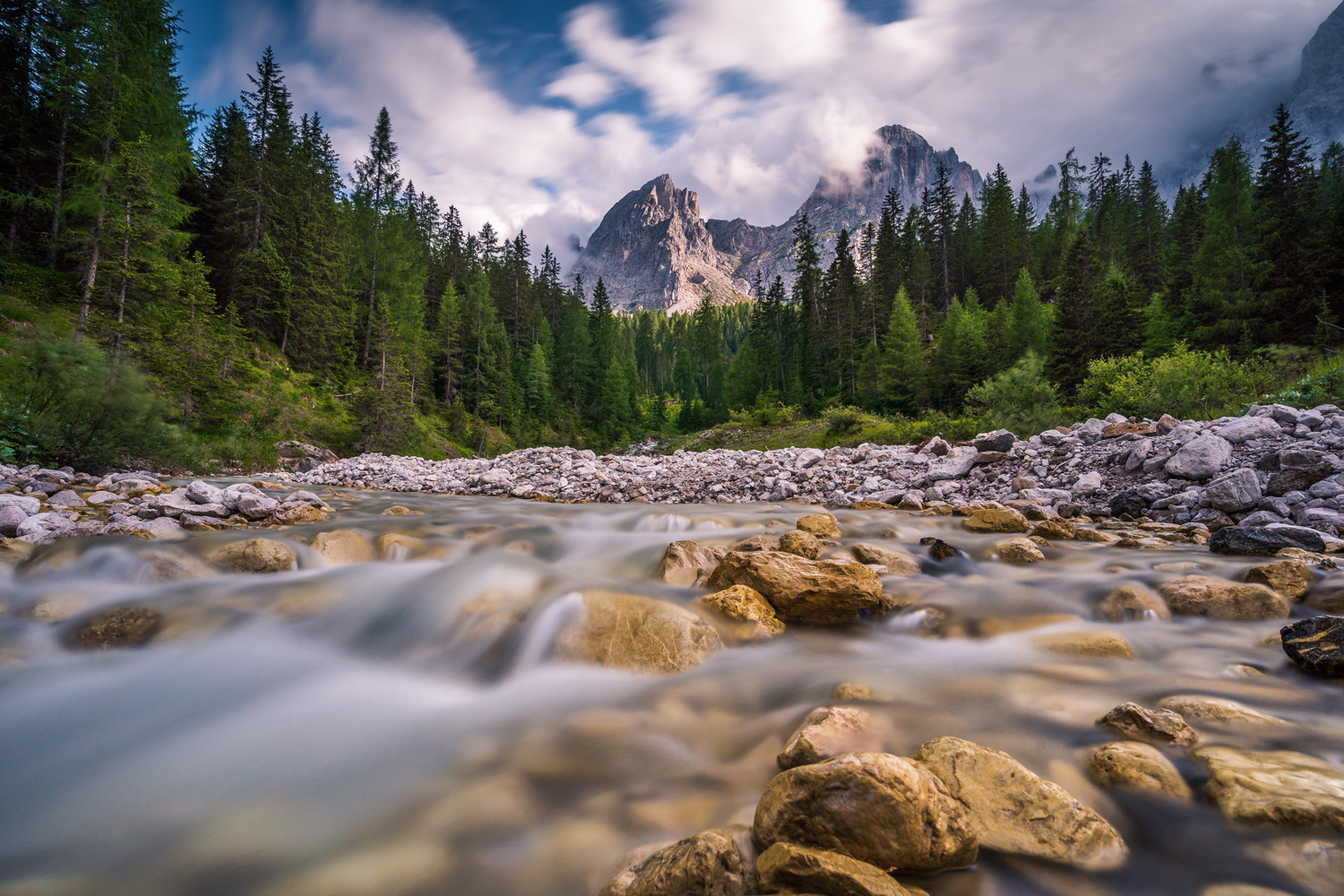
The functional mountaineering boot is an indispensable tool for all those who love nature and seek challenge in the mountains. But what really makes a good mountain boot?
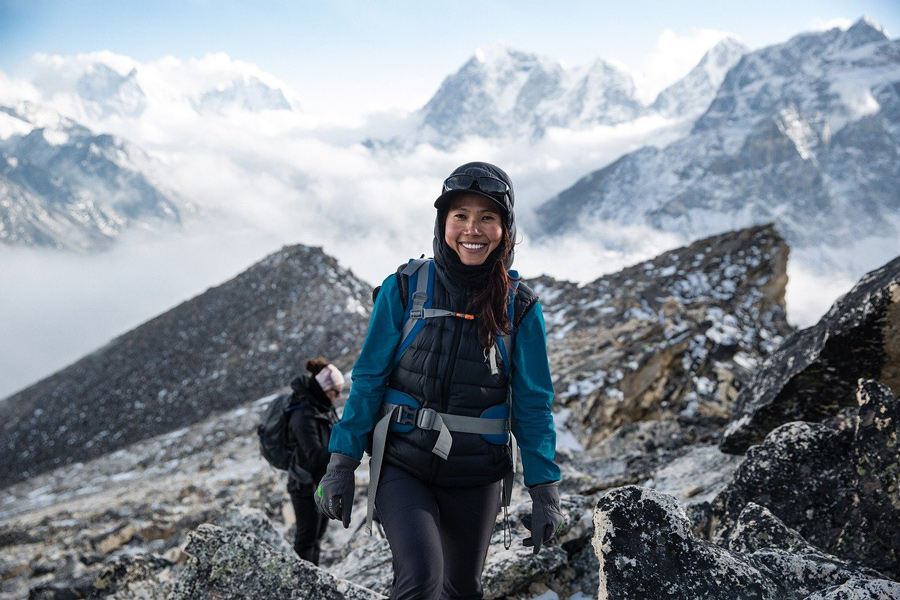
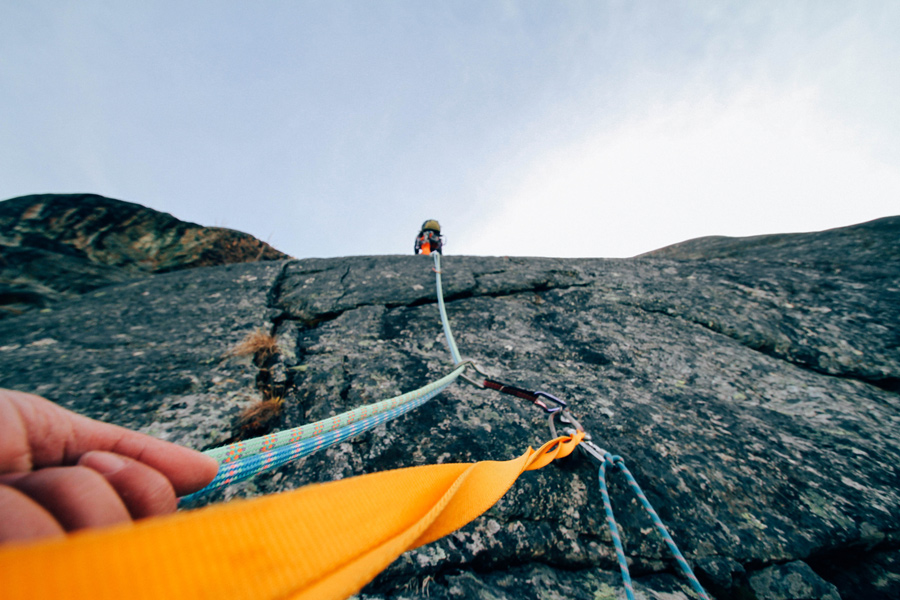
But durability and water resistance are not all that distinguishes a good shoe. Your mountain boot should also be breathable at the same time, so that moisture can be transported from the footbed to the outside. Nobody wants to spend hours in the mountains with sweaty and clammy feet. A breathable shoe ensures that the feet stay fresh and dry even during strenuous ascents. Recently, there is not only a wide range of high-quality mountain boots made of environmentally friendly breathable leather, but even full leather shoes that are also lined with genuine leather on the inside and thus guarantee a thoroughly natural foot climate.
In cold mountain regions and on the summit, warmth insulation is the be-all and end-all. A functional mountain boot should protect the feet even in sub-zero temperatures. With this claim, however, you will not only reach every summit – but additionally also the higher price regions when buying the boot. A thorough comparison is particularly worthwhile for alpine shoes. Many well-known outdoor manufacturers offer premium models with excellent insulation properties so that you can enjoy the sporting challenge and the beauty of winter in the mountains without cold toes.
And what about safety? This is where ankle support comes into play. Mountain boots should support the ankle well to prevent injuries. Imagine balancing over rocky terrain or hiking over bumpy ground – your ankle will be grateful for any extra support. The condition of the sole is also an important factor in terms of safety. The tread must provide grip on all surfaces and be slip-resistant; on stony paths or muddy slopes, a reliable sole gives confidence and security to meet any challenge. A robust and easily accessible lacing system is also important. It allows the shoe to be individually adjusted and ensures a firm hold on the foot. Mountain boots should also have toe and heel protection for added safety and durability. As known from good work shoes, this protects against injuries on sharp stone edges or in the event of unforeseen slips on uneven paths during hikes.
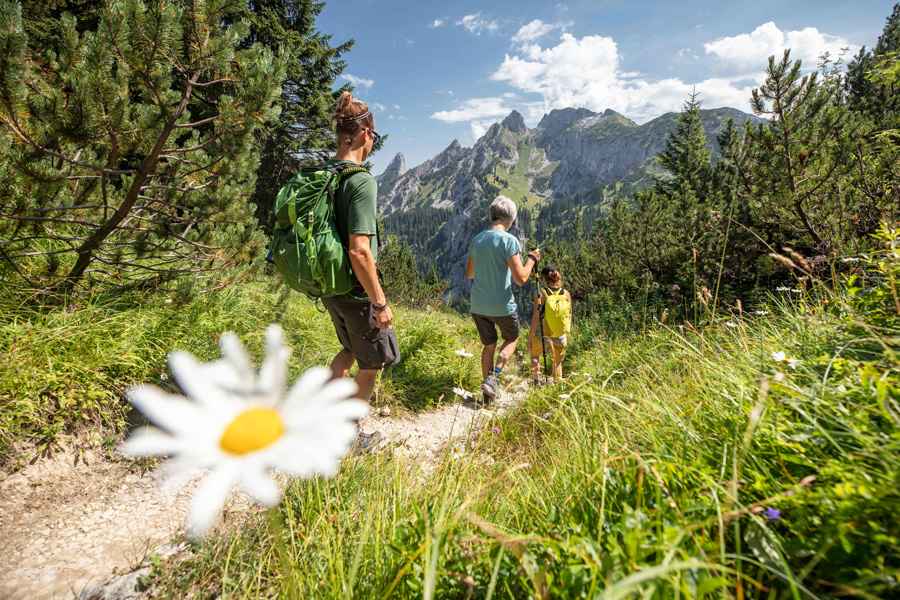
After all, a mountain boot needs a certain flexibility in the forefoot to allow a natural gait. The shoe should adapt to the movements of the foot and give you the freedom to explore the mountains at your own pace.
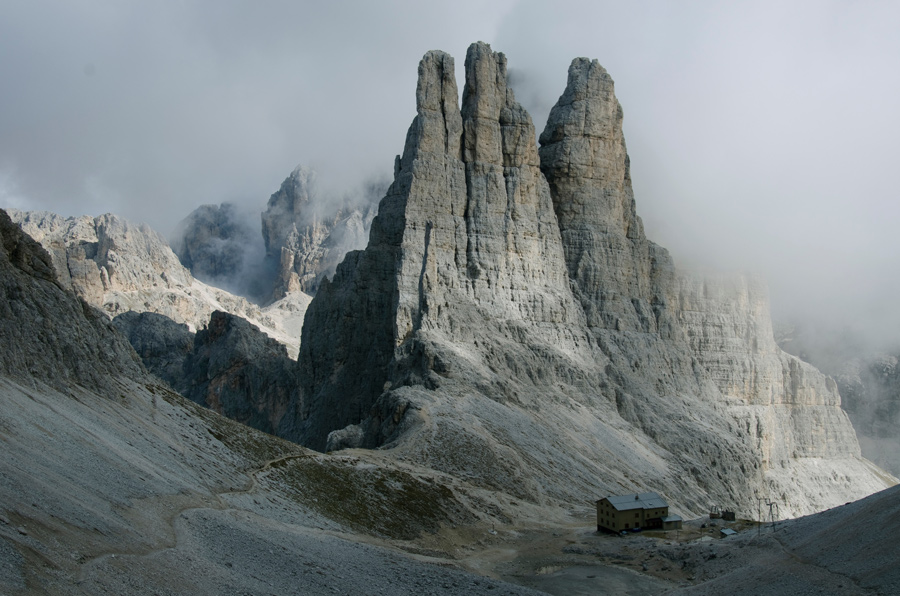
At the same time, a mountain boot must not be too heavy, because a reasonable weight makes hiking and climbing easier. During an arduous and strenuous ascent, every extra gram quickly becomes a burden.
The ideal mountain boot is more than just a piece of equipment, it is a companion that will make your adventures unforgettable.
2. How important are the material and workmanship of a mountain boot and what should be paid particular attention to?
Mountain boots are not just shoes, but the key to unforgettable adventures in the mountains. But what really makes a mountain boot outstanding? The answer lies in the material and the workmanship.
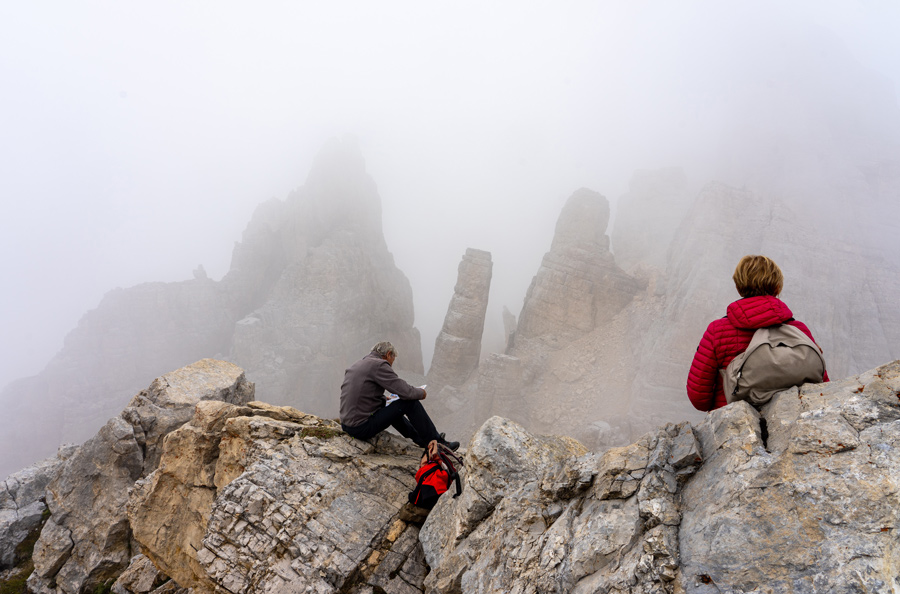
In the world of mountain boots, the choice of materials and the quality of workmanship play a central role. They make the difference between an ordinary mountain boot and an exceptional companion in the wilderness.
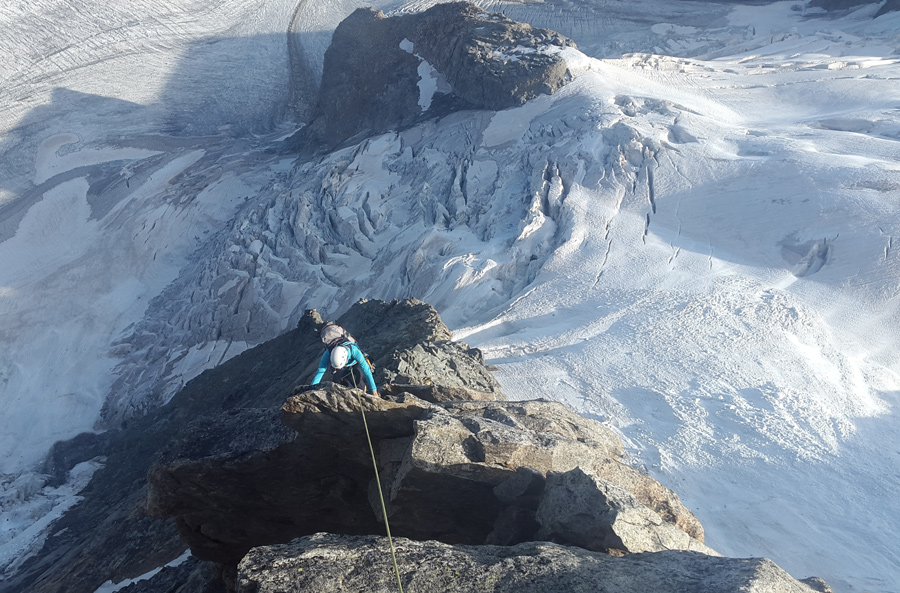
In the diversity of the range, one has the quality of choice between shoes made of synthetic material and those made of genuine leather.We dive a little deeper here to understand whether and why genuine leather plays a prominent role in the choice of material.
Perfect materials and craftsmanship for the ultimate mountain boot
.The upper material of a mountain boot is the connection between the feet and nature. It should be robust, durable and adaptable. This is where high-quality leather can show off its strengths to the full. Not only is leather extremely durable and abrasion-resistant, it also adapts to the foot over time, ensuring unsurpassed comfort and an individual fit. When it comes to moisture management, professionally tanned leather also has a lot to offer. Here, leather benefits from the inimitable properties of real skin and is naturally breathable and waterproof at the same time, so that your feet stay dry and fresh even in damp weather. When you wade through a raging stream for the first time in your new hiking boots and your feet stay dry and protected, your hike becomes an unforgettable nature experience rather than a physical ordeal – that is the magic of genuine leather.
Just as important as the upper material is the lining of a mountain boot. A good quality lining should wick away moisture and prevent friction. Imagine being out all day and your feet are in a dry and comfortable environment – that’s the comfort you deserve. We’ve already touched on this topic: When deciding what to buy, you might also want to consider a full leather shoe, i.e. a shoe with a genuine leather upper and lining. Such shoes are a little more expensive, but promise a permanently well-climatised foot without the smell of sweat and moisture.
The sole of a mountain boot is the contact with the ground. Here, the tread determines the grip on the ground. The midsole provides cushioning and stability. Materials such as EVA foam or polyurethane provide comfortable cushioning and protect the feet and knees from impacts. Especially on long descents, cushioning is very important to protect the skeleton and muscles. Many sports shops offer the possibility to test the shoe on a bumpy simulation track.
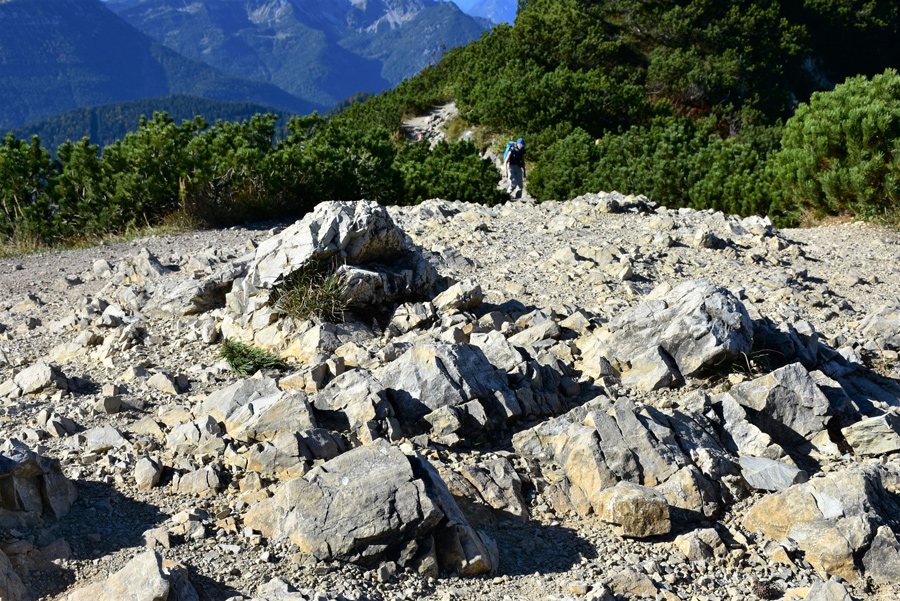
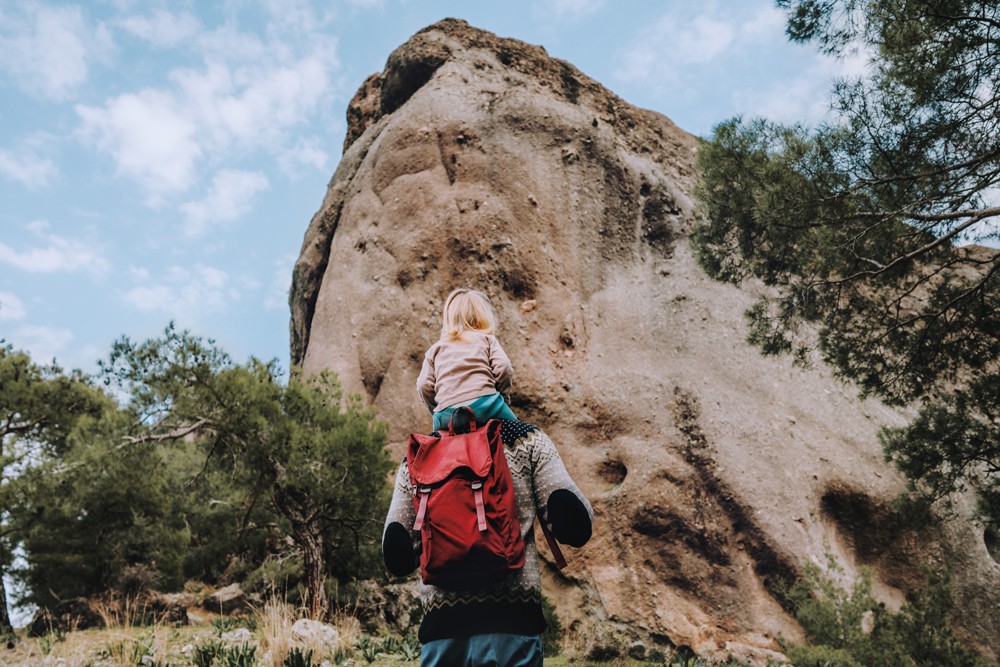
The invisible basis for the durability and waterproofness of a mountain boot are its seams and glued joints. Make sure that there are no open seams or glued joints. This is the only way to ensure a reliable barrier against water and moisture. A good quality mountaineering boot should also have a well-constructed last that fits the shape of your foot. Every foot is unique and a good last ensures an individual fit and maximum comfort. When your boot fits like a glove and adapts perfectly to your movements, you can feel the subtle difference a good last can make. The workmanship of a mountain boot should be meticulous and precise all round; loose threads or visible defects are a criterion for exclusion when buying. The quality of the workmanship influences the longevity of the shoe, and a well-made shoe will accompany you on many adventures. With a little care, a good shoe will still look and feel as good years later as it did on the first day – that is the result of first-class craftsmanship.
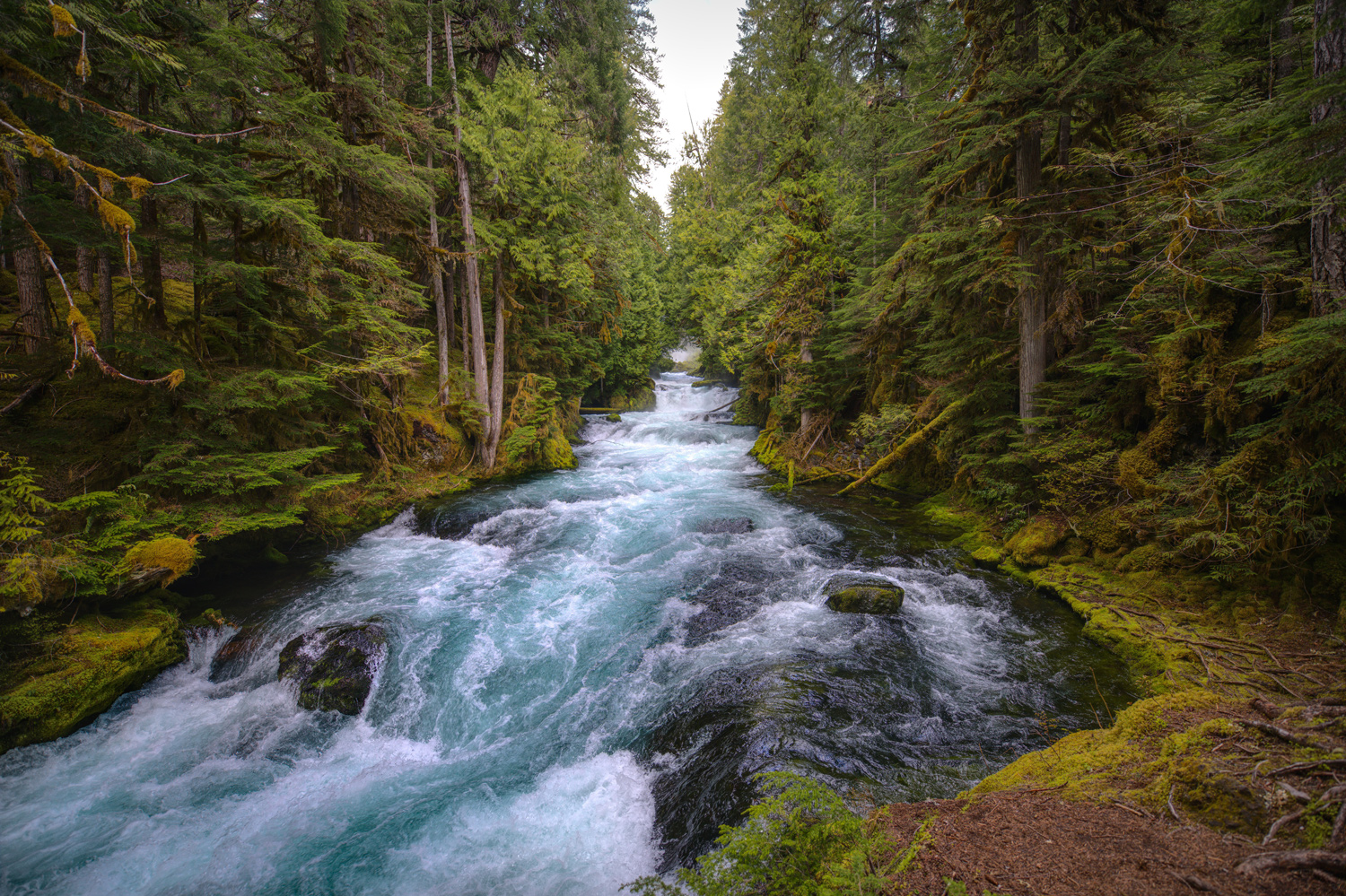
All in all, choosing genuine leather as an upper for mountain boots is a good decision for comfort, durability and performance. Your shoe will provide you with lasting protection from the elements and the comfort to enjoy the beauty of nature to the fullest.

3. How does the fit of a mountaineering boot influence comfort and performance when hiking?
Mountaineering is not just an activity, but a passion that immerses us deeply in the breathtaking world of the mountains. But what makes the difference between a successful climb and an unpleasant experience? The answer usually lies in the fit of the mountaineering boot.
Good fit is the key to the ultimate mountain adventure
The mountains are calling – and with every step up the mountain, the importance of the fit of the mountaineering boot becomes more apparent. A poor fit can make the difference between an unforgettable experience and unpleasant pain. In addition to comfort, stability and precision, fit plays a crucial role in preventing blisters and pressure sores. Slipping in the shoe creates friction, which inevitably leads to painful blisters.
So performance in mountaineering is strongly influenced by the fit of the shoe. As an aside, a well-fitting shoe allows for a more efficient transfer of power to the terrain, which greatly improves your climbing skills and overall performance. If you can move safely in challenging terrain – it is the result of a good fit. Your goal should be a mountaineering boot that feels tailor-made – so every step is a pleasure, you tire less and you can enjoy the landscape and view undisturbed.
The fit not only affects comfort, but also the stability and precision of your gait. A well-fitting shoe gives extra support and prevents painful twisting. Before you go on holiday, wear new shoes for a few hours and break them in. Leather shoes in particular adapt smoothly to the shape of the foot over time due to body heat. A well-broken-in mountain shoe gives you security and control, whether hiking or in difficult climbing passages – a good fit is your ally.
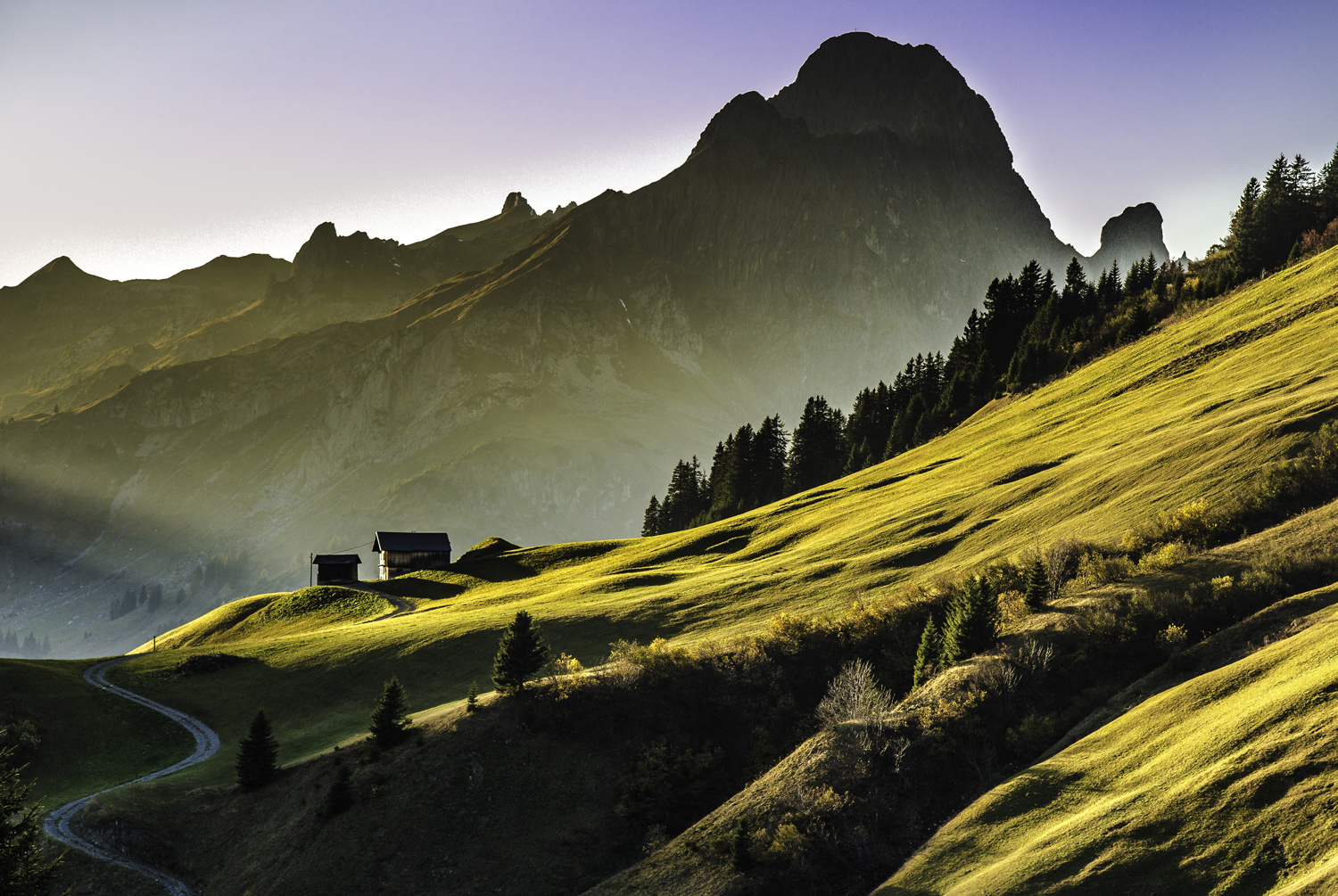
4) What distinguishes mountain boots for different regions and weather conditions?
The world of mountains is as varied as nature itself. Every region has its own challenges and conditions, and that means your mountain boots need to be diverse too. Here we explain which features of mountain boots can affect your mountain adventure in different regions and conditions.
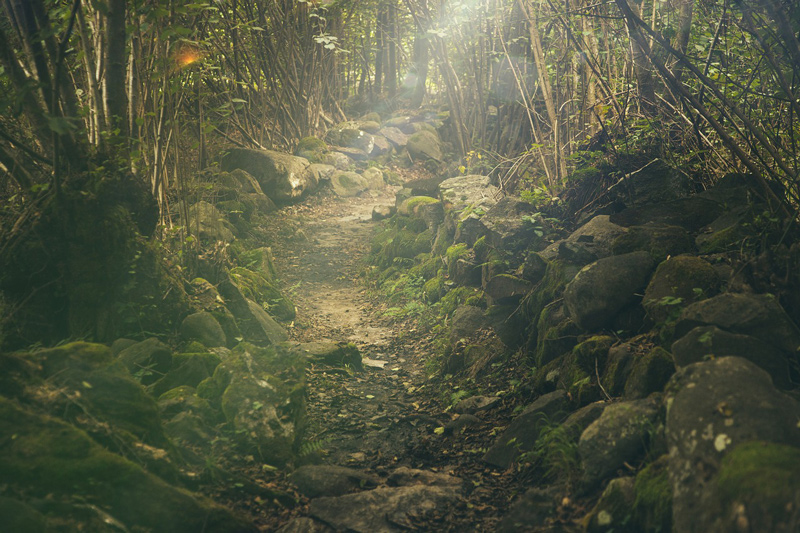
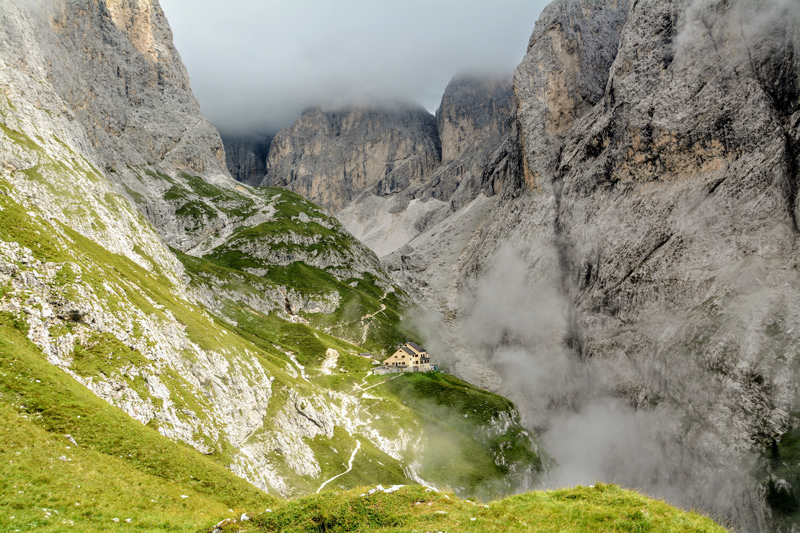
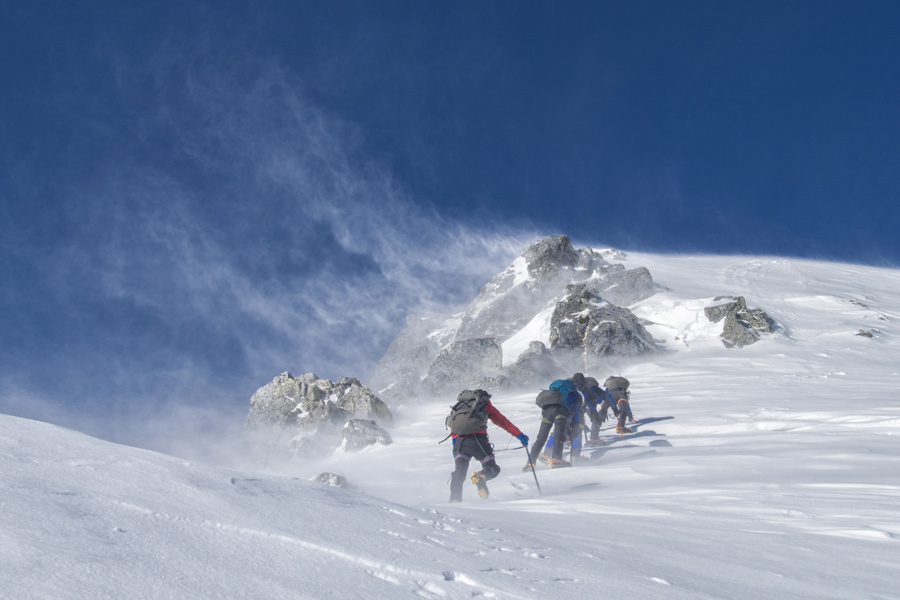
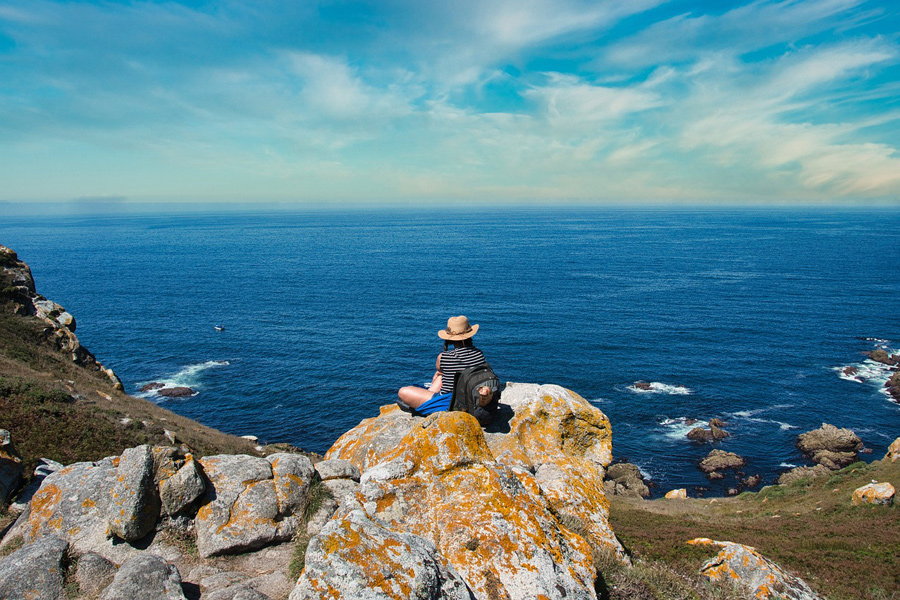
From the snow-covered peaks of the Alps to the hot desert regions of the earth – every mountain adventure is unique. And that is precisely why choosing the right mountain boot is especially important.
Alpine terrain is known for its demanding conditions. Especially in the wet season or in winter, mountain boots with crampon-compatible soles are useful. This special sole construction offers secure grip on icy or stony ground and makes it possible to reach even the highest peaks. But it is not only cold and icy in the mountains. In desert regions, breathability is the key to well-being. Here it is important that the mountain boot protects the feet from overheating and sweating. A lightweight shoe with good ventilation will keep feet cool and dry even in the scorching desert heat. In tropical regions, waterproofing and protection against snakebites are particularly important. In sudden heavy rain or persistent extremely high humidity, a waterproof shoe that dries quickly is indispensable. At the same time, a shoe that protects the foot and ankle from snake and insect bites provides the necessary safety in these areas. In temperate latitudes, conditions are very different and versatility is required. A mountaineering boot that is both waterproof and breathable is best suited to changing weather conditions. Whether you’re hiking through damp forests or climbing rocky trails, your shoe will provide the protection and comfort you need. But there are also special requirements in the high mountains. At extreme altitudes, good insulation is essential to keep your feet warm even in sub-zero temperatures.
5. How important is a non-slip sole in a mountain boot and which tread is recommended for which terrainn?
The mountains are full of surprises and challenges, which is precisely why the tread of the sole is so important. When choosing a mountain boot, you should always consider the terrain you want to explore, because not all ground is the same.
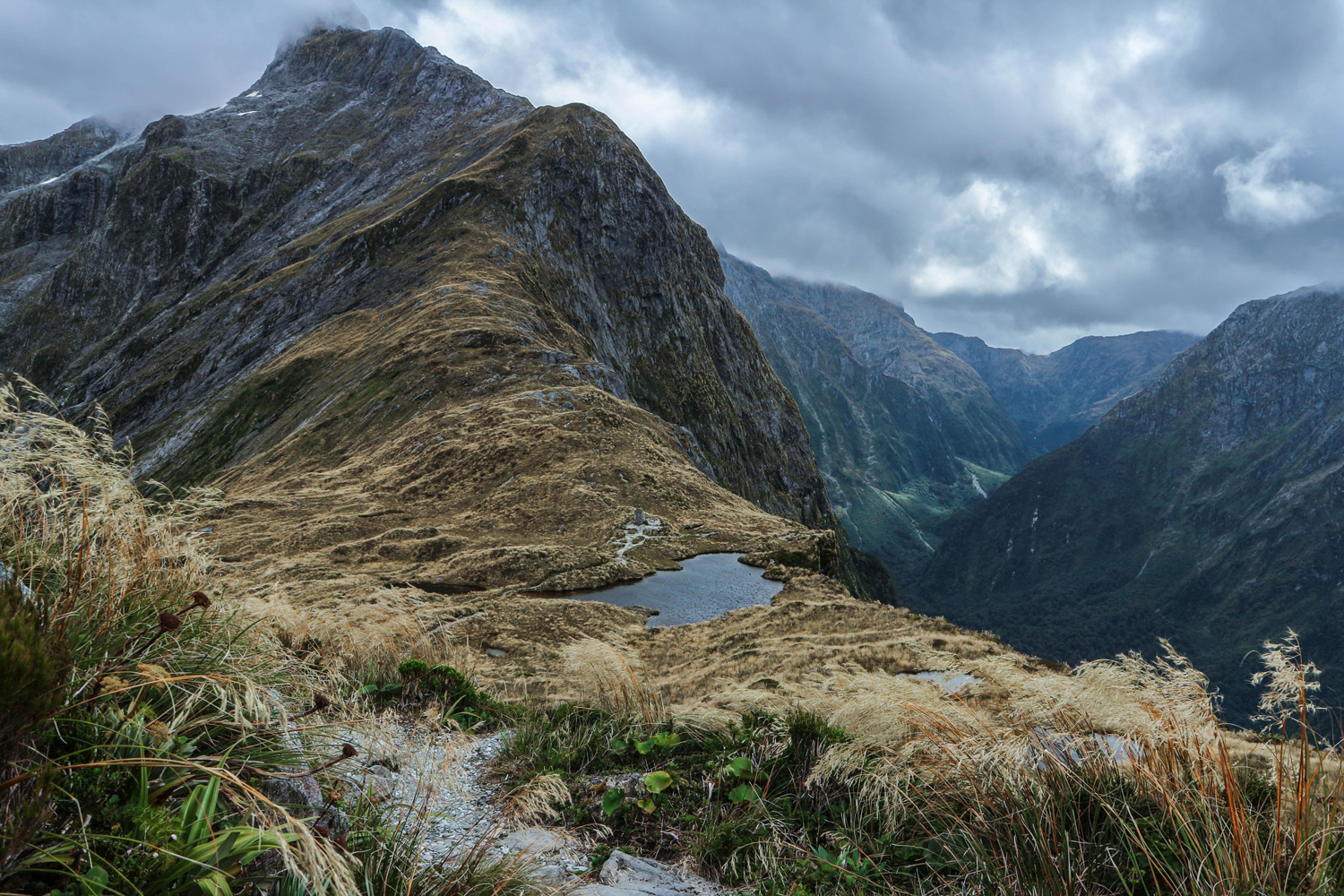
To conquer the mountain world, you not only need the will, but also the right equipment. And that’s where the sole plays a crucial role.
With the right sole on your mountain boot, you can master any terrain and enjoy mountain nature to the fullest for sure.
.
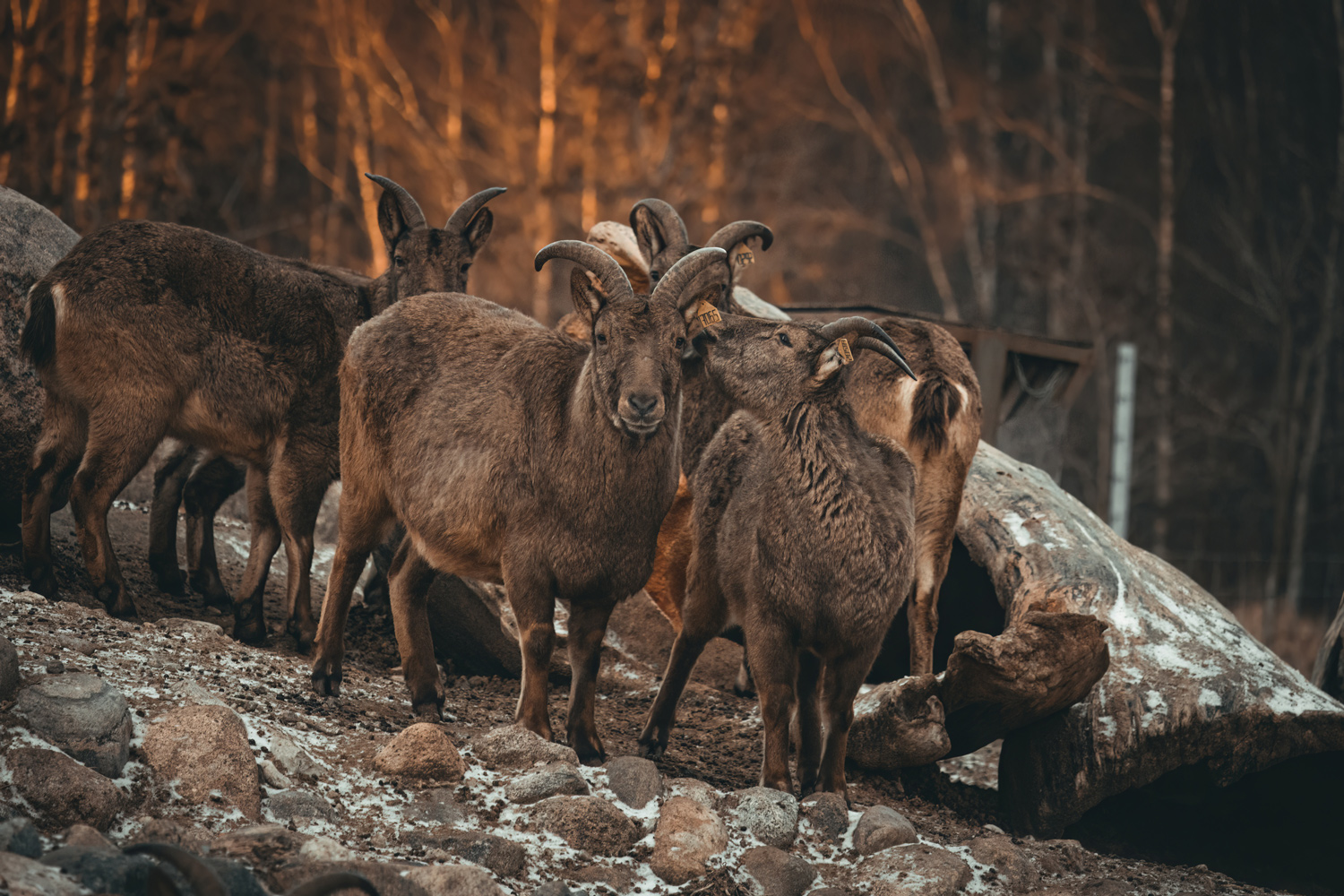
6. What about environmental protection and sustainability? What should you look for when buying shoes?
At a time when environmental protection and sustainability are at the forefront, it is time to rethink our choice of mountain boots as well. Here are some considerations that can help you make the right choice and protect the environment at the same time.
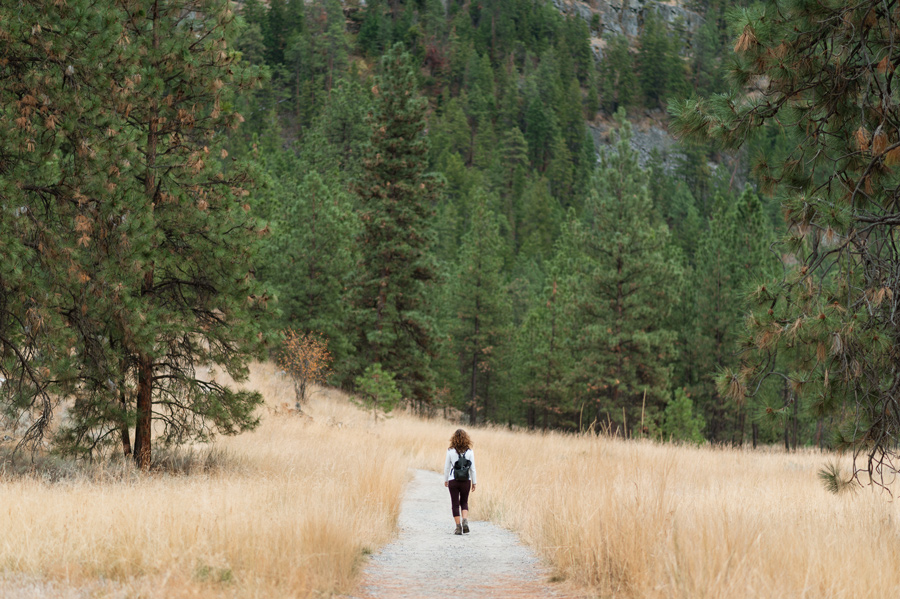
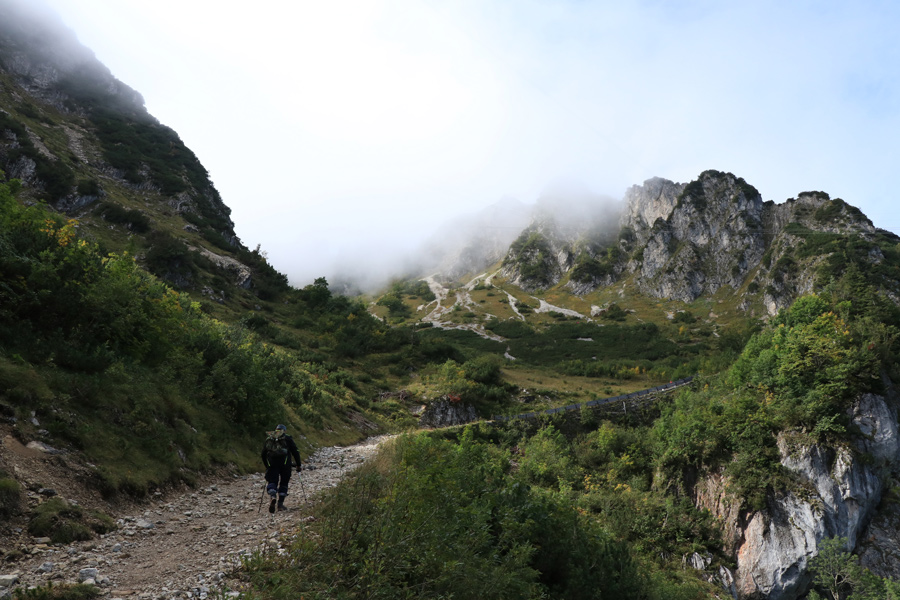
A holiday in the mountains offers a connection to nature that touches us deeply. But this connection also requires responsibility – responsibility for our planet and the preservation of its treasures. This also applies to our choice of mountain boots.
Sustainable materials are the key to reducing our ecological footprint. Mountain boots made from sustainable materials, such as natural leather or certain synthetic materials that have been manufactured with special care, offer invaluable benefits for the environment and also for our feet. It is simply healthier to hike in mountain boots made from genuine leather that is free of harmful substances, while at the same time conserving resources and reducing waste. However, sustainability is not only evident in the material, but also in the production. Find out about the manufacturer’s production conditions. An environmentally conscious manufacturer relies on resource-saving processes and fair working conditions. Modern leather production, for example, is particularly careful with resources such as water and thus minimises the ecological footprint.
Another key to sustainability is durability. Mountain boots that last a long time need to be replaced less often with new ones, which in turn saves resources. Invest in high-quality shoes that will faithfully accompany you for many years. Leather is a prime example of a durable material. With a little care, leather mountain boots will last almost a lifetime and accompany you on countless adventures. The reparability of mountain boots is an aspect that is often overlooked. Some manufacturers offer a repair service for their shoes, which significantly extends the life of the shoes and reduces the amount of waste. Think of the joy of being able to take your beloved mountain boots to new adventures again and again. Leather shoes are especially good for repairs.
Another help in choosing sustainable mountain boots are certificates and labels. Look for shoes with environmental certificates such as “OEKO-TEX®” or other recognised sustainability seals. These seals confirm that the shoes are environmentally friendly. OEKO-TEX®, for example, tests leather for several hundred harmful substances and certifies that it is free of pollutants.
A final, but no less important point on the subject of sustainability is waste prevention. Dispose of old hiking boots professionally or donate them instead of simply throwing them away. Some manufacturers take back old shoes and recycle them. It is our responsibility to protect nature and make conscious choices that protect our environment. And in this consideration of the entire life cycle of a product (cradle to grave), another advantage of leather comes into play. Because leather lasts a very, very long time, but not forever. And that is a double advantage. Plastics used in mountain boots and other products have a devastating impact on the environment. Microplastic particles that are created when plastics decompose end up in our waters, are ingested by marine life and endanger our ecosystems in the long term. Genuine leather, on the other hand, decomposes naturally and leaves no dangerous residues. It is biodegradable and does not harm our environment. However, many years pass before leather hiking boots have to be disposed of, or even decades if they are well cared for. When it comes to the durability and robustness of a mountain boot made of natural leather, no synthetic product can compete.
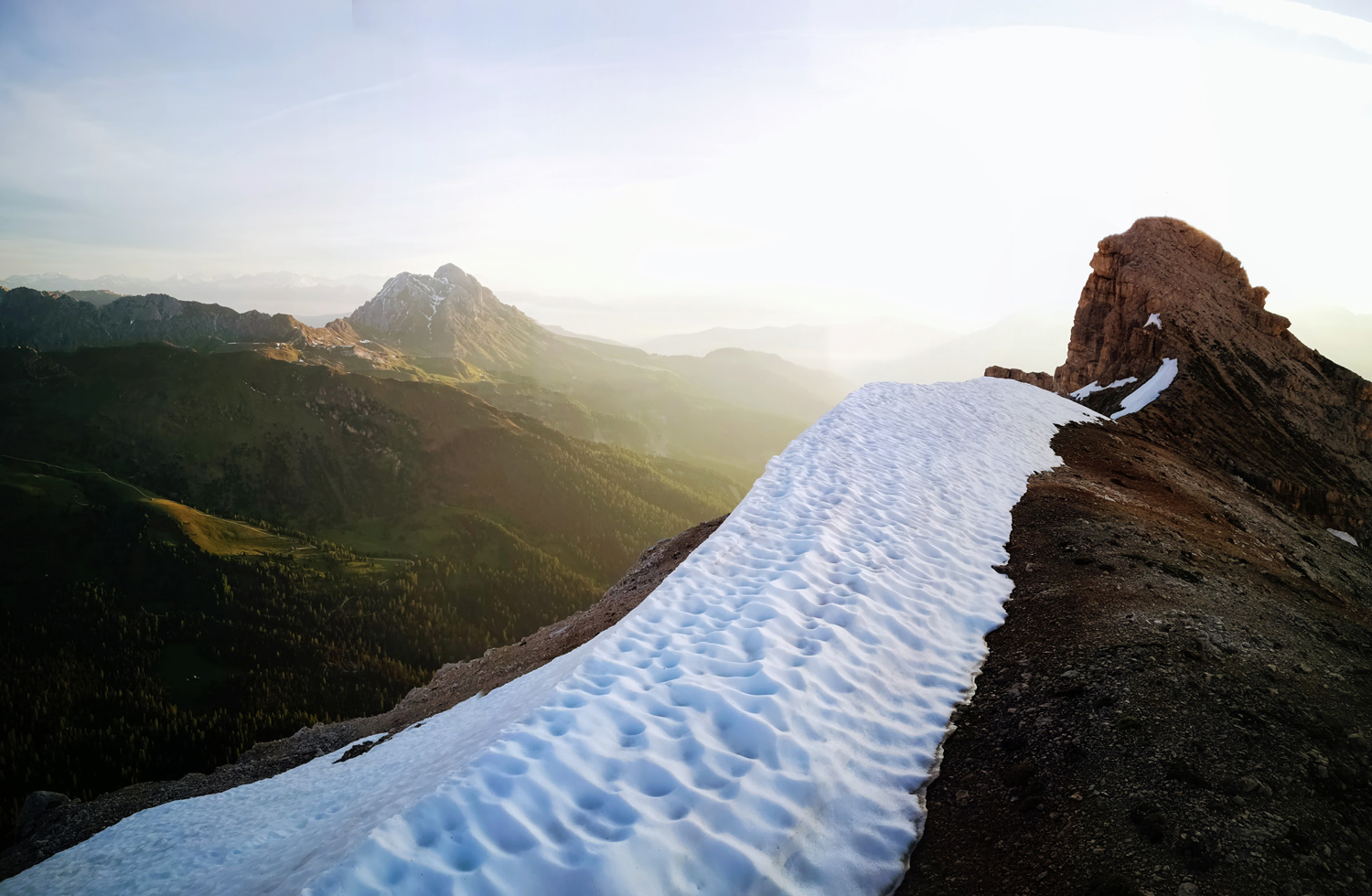
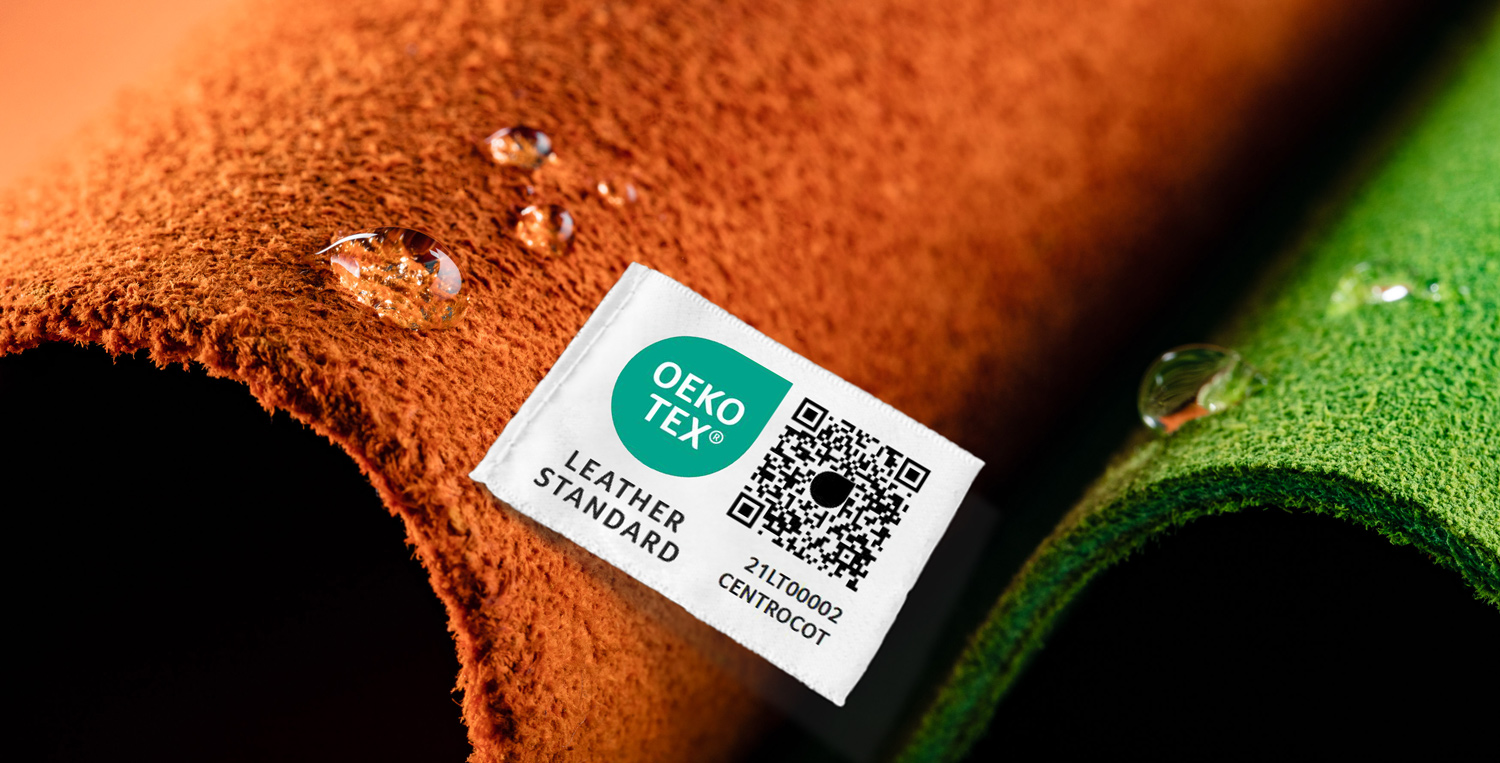
No harmful substances and made from European hides: The legendary Perwanger “Nepal” was the first leather to combine water resistance and breathability and was also suitable for bonding the sole to the shoe. “Nepal” from the Perwanger tannery was thus groundbreaking for the development of modern mountain boots and is still a reliable special leather for shoes in alpine sports and for high-quality hiking, mountain and work boots.
Choosing genuine leather for your mountain boots is not only a choice for quality and durability, but also a choice for our environment. You can help reduce microplastic pollution and protect our nature while exploring the beauty of the mountains. We can combine our love of nature with a conscious purchase of mountain boots that respect and protect our planet. The future of mountaineering footwear can be sustainable – and your footwear purchase can slow or accelerate this change.
- You would like to publish this article?
- Do you have any questions or would you like more detailed information?
- Do you have any suggestions for us?
- Please contact us: info@perwangerleather.com


